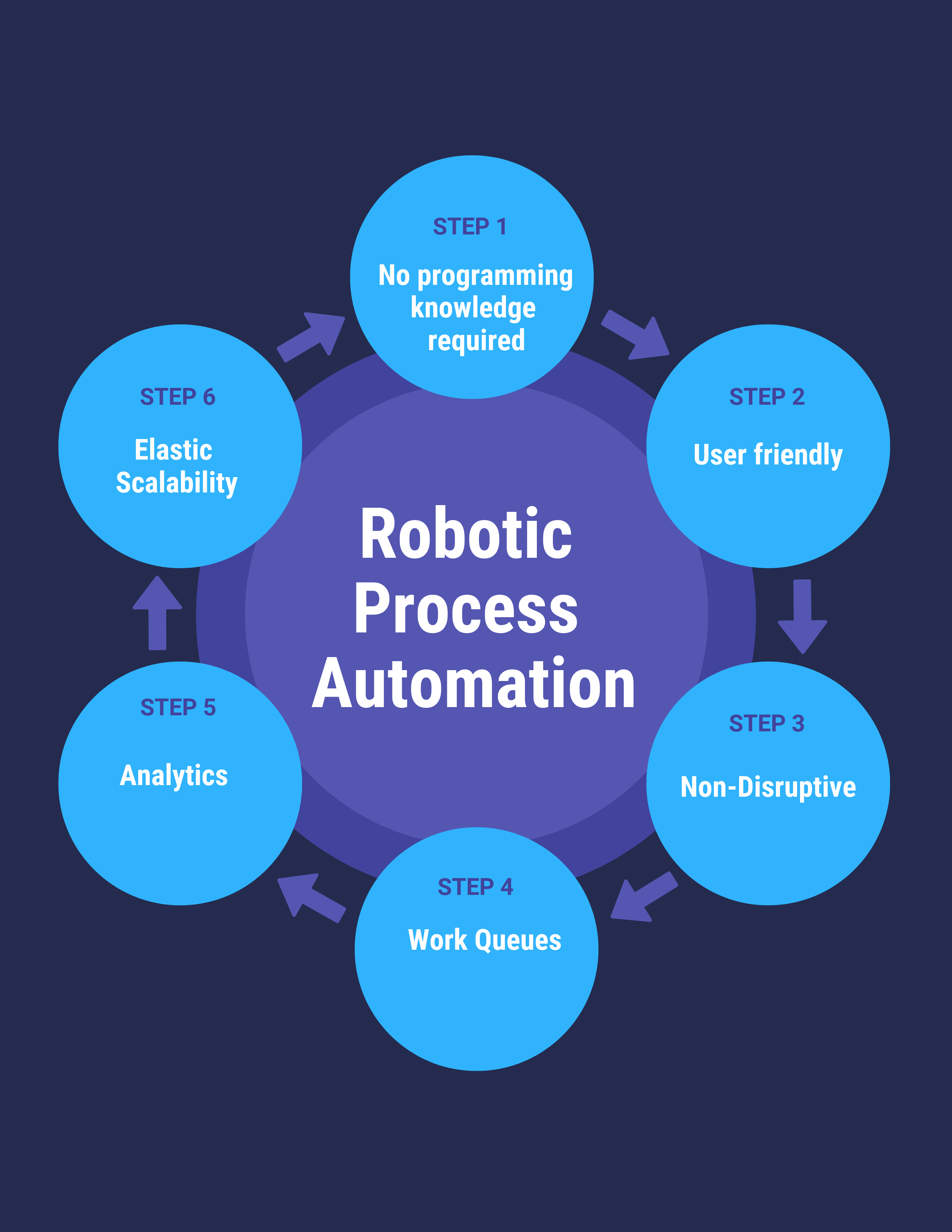
Streamlining Efficiency: RPA Platforms
Understanding Robotic Process Automation (RPA)
Robotic Process Automation (RPA) entails using software robots or “bots” to automate repetitive, rule-based tasks within business processes. These bots mimic human actions, handling data entry, processing transactions, and executing routine operations across various systems.
The Role of RPA Platforms
RPA platforms serve as the infrastructure for deploying and managing these software robots. These platforms provide the necessary tools and frameworks to create, deploy, and monitor bots, enabling businesses to automate workflows seamlessly.
Automating Repetitive Tasks
RPA platforms excel in automating mundane and repetitive tasks that consume valuable human resources. By handling routine processes, such as data entry, invoice processing, or report generation, these platforms free up human workers to focus on higher-value tasks.
Enhanced Accuracy and Speed
Bots deployed through RPA platforms perform tasks with precision and consistency, minimizing errors and reducing processing time. This increased accuracy leads to improved data quality and faster turnaround times in business operations.
Integration Capabilities
RPA platforms integrate with existing systems and applications, bridging the gap between legacy and modern technologies. They interact with various software interfaces, databases, and web applications, enabling seamless automation across diverse platforms.
Scalability and Flexibility
RPA platforms offer scalability to accommodate increasing automation needs. They allow businesses to scale their automation initiatives according to demand, without significant infrastructure changes or disruptions.
Cost Savings and Efficiency Gains
Implementing RPA platforms results in substantial cost savings and efficiency gains. By reducing manual effort and errors, streamlining workflows, and optimizing resource utilization, businesses can achieve significant ROI.
Challenges in RPA Implementation
Despite its advantages, implementing RPA comes with challenges. Ensuring bot security, selecting suitable processes for automation, addressing compliance issues, and managing the transition for human workers are common hurdles.
Human-Robot Collaboration
RPA implementation often involves human-robot collaboration. While bots handle routine tasks, human oversight and intervention are necessary for complex decision-making, exception handling, and strategic planning.
Continuous Improvement and Optimization
RPA platforms require ongoing refinement and optimization. Continuous monitoring, identifying areas for improvement, and adapting bots to changing business needs are crucial for sustained efficiency gains.
Future of RPA Platforms
The evolution of RPA platforms continues, integrating advanced technologies like AI and machine learning. These advancements enable cognitive automation, where bots can perform more complex tasks, understand unstructured data, and make autonomous decisions.
Embracing RPA Platforms
Explore the transformative potential of Robotic Process Automation Platforms in automating workflows, improving accuracy, and driving operational efficiency. Embrace RPA not just as a technology, but as a catalyst for innovation and productivity.
